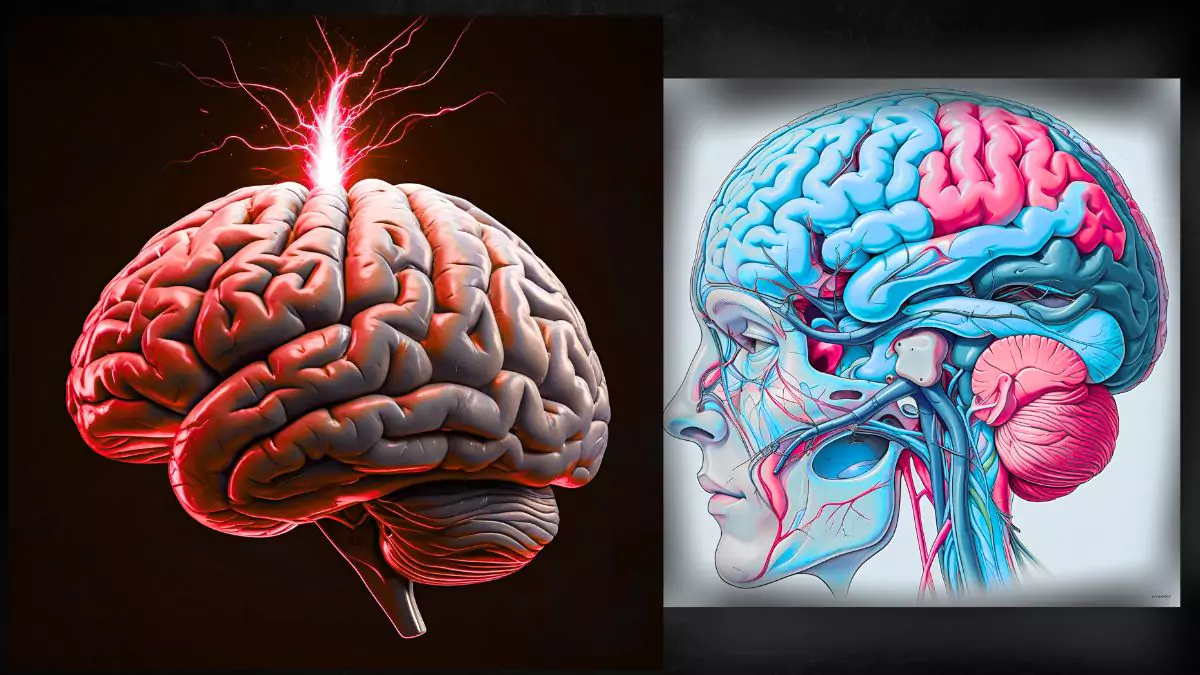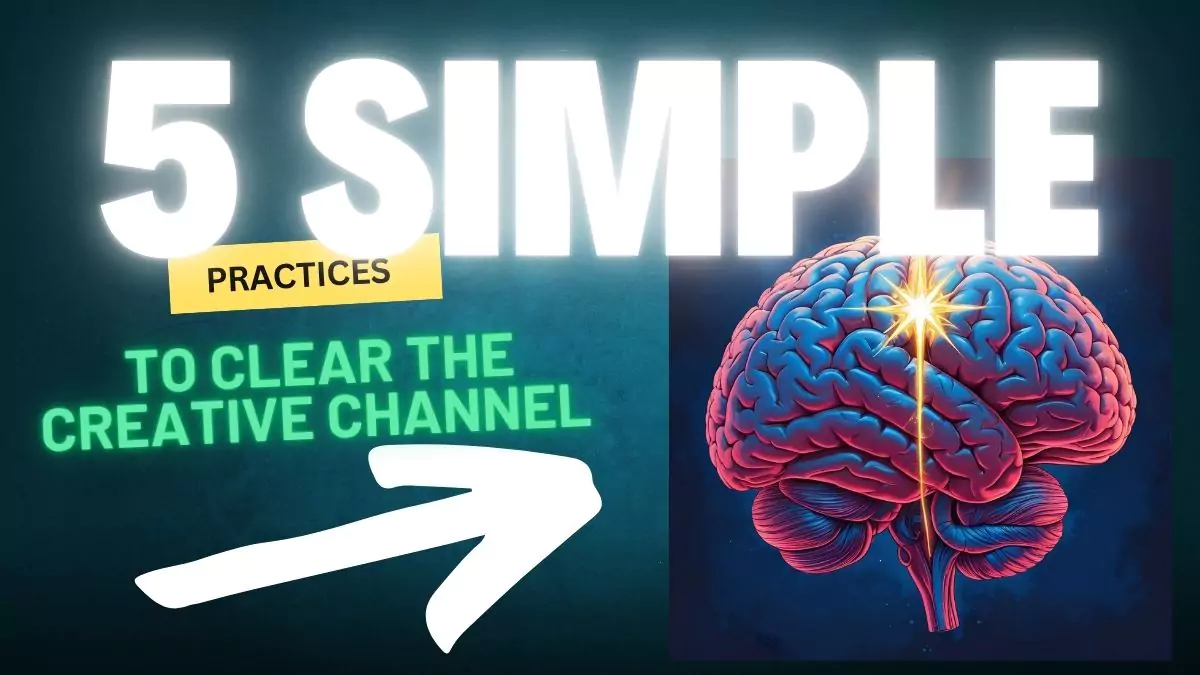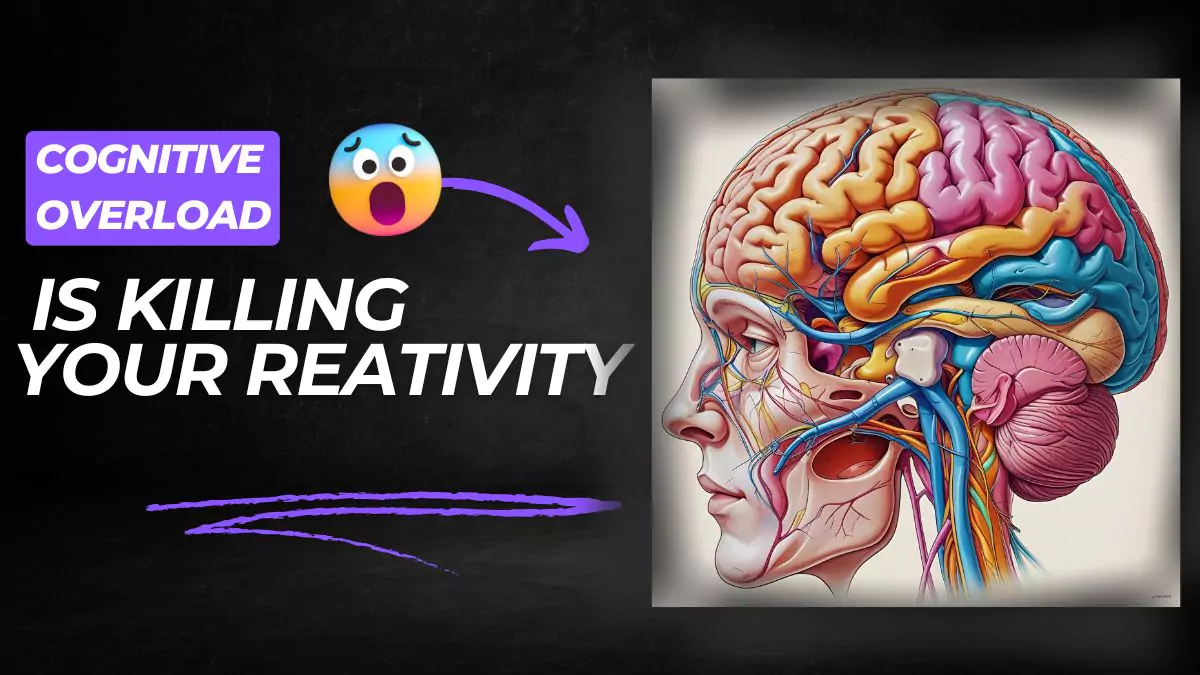You sit down to create something—an article, a plan, an idea.
But your brain feels foggy.
You can’t think clearly.
You start overanalyzing everything.
It’s not a lack of talent.
It’s not procrastination.
It’s cognitive overload—and it’s quietly choking your creativity.
In this post, you’ll learn what cognitive overload really is, how it’s sabotaging your thinking, and how to clear your mental clutter to unlock effortless creativity.
What Is Cognitive Overload?
Cognitive overload happens when your brain’s working memory—the space used to process and hold thoughts—is overwhelmed with too much input at once.
Think of it like having 50 tabs open on your computer.
Even if none of them are crashing, your system slows down. You can’t focus. And everything lags.
Symptoms of overload:
- Brain fog
- Trouble focusing
- Constant forgetfulness
- Struggling to prioritize
- Overwhelm, stress, or anxiety
- Feeling uninspired or mentally “flat”
Sound familiar?
Why Creative Thinking Needs Space
Creativity isn’t about cramming your brain with information.
It’s about letting your mind wander, combine, and connect ideas in novel ways.
But when your brain is overloaded with:
- Tasks
- Notifications
- Unfinished thoughts
- Over-analysis
- Decision fatigue
…it has no room for creativity.
To create something new, your brain needs:
- Mental stillness
- Downtime
- Focused attention
- Emotional space
Without these, you’re trying to write a poem on a whiteboard already full of equations.
How Modern Life Creates Cognitive Overload
We’re constantly exposed to:
- 24/7 notifications
- News and alerts
- Endless content
- Decision-making
- Social pressure
- Multitasking
The brain evolved to process a few inputs at a time—not thousands.
Overload leads to:
- Mental freeze
- Emotional shutdown
- Reduced memory and learning
- Creativity blocks
- Chronic fatigue
It’s not weakness. It’s your brain doing its best under strain.
The 3 Layers of Cognitive Clutter

To clear cognitive overload, you need to declutter on three levels:
1. Information Clutter
Too many inputs = no space for original thought
🧹 Clear it by:
- Limiting screen time
- Doing a “digital fast” for 2 hours a day
- Setting boundaries for content intake (only check email twice daily)
2. Task Clutter
Too many open loops = decision paralysis
🧹 Clear it by:
- Writing down everything on your mental to-do list
- Choosing 1–3 priorities per day
- Using a system like “next logical step” to move forward
3. Emotional Clutter
Unprocessed feelings = subconscious distraction
🧹 Clear it by:
- Journaling or voice noting what’s on your mind
- Doing a daily “emotional scan”
- Practicing stillness or guided reflection
5 Simple Practices to Clear the Creative Channel

Want more clarity and flow? Try these:
1. The Daily Brain Dump (5 Minutes)
Before starting your day, dump every thought onto paper. Don’t organize—just release.
This frees working memory so you can think more clearly.
2. The “One Tab” Rule
Tackle one task at a time. If you’re writing, just write.
No tabs. No email. No multitasking.
Your brain is most creative when it’s focused—not fragmented.
3. The 10-Second Breath Reset
Stop every hour. Take 3 slow breaths. Ask:
“What matters now?”
This recenters your attention and disrupts mental noise.
4. Use Music or Sound to Clear Thought Loops
Instrumental music, nature sounds, or binaural beats can shift your brain into a creative state (alpha/theta waves) and reduce chatter.
Use headphones for 10–20 minutes before a creative task.
5. Schedule “White Space”
Creativity needs boredom.
Schedule 15–30 minutes of non-doing every day:
- No phone
- No talking
- Just staring, walking, or resting
This allows deeper thoughts and insights to rise.
How Brainwave Science Can Help
Brainwave tools help reduce overload by guiding your mind into more balanced states:
- Alpha waves: Calm focus and creativity
- Theta waves: Deep relaxation and idea generation
- Delta waves: Full nervous system recovery
You can shift into these states gently using neuro-acoustic tools or sound-based brain training—even if you struggle to meditate.
This helps:
- Clear mental fog
- Boost idea flow
- Reset emotional balance
- Make thinking feel effortless again
Tools that support alpha/theta states can help declutter your mind and open up your creative channel. Some people report better focus, smoother writing, and more “aha” moments within a few sessions.
Explore how it works → Get Free Videos Access
Final Thought
You’re not out of ideas. You’re just overloaded.
Give your brain space to breathe.
Clear the clutter.
Let silence do the heavy lifting.
Your creativity isn’t gone—it’s just waiting for room to grow.
